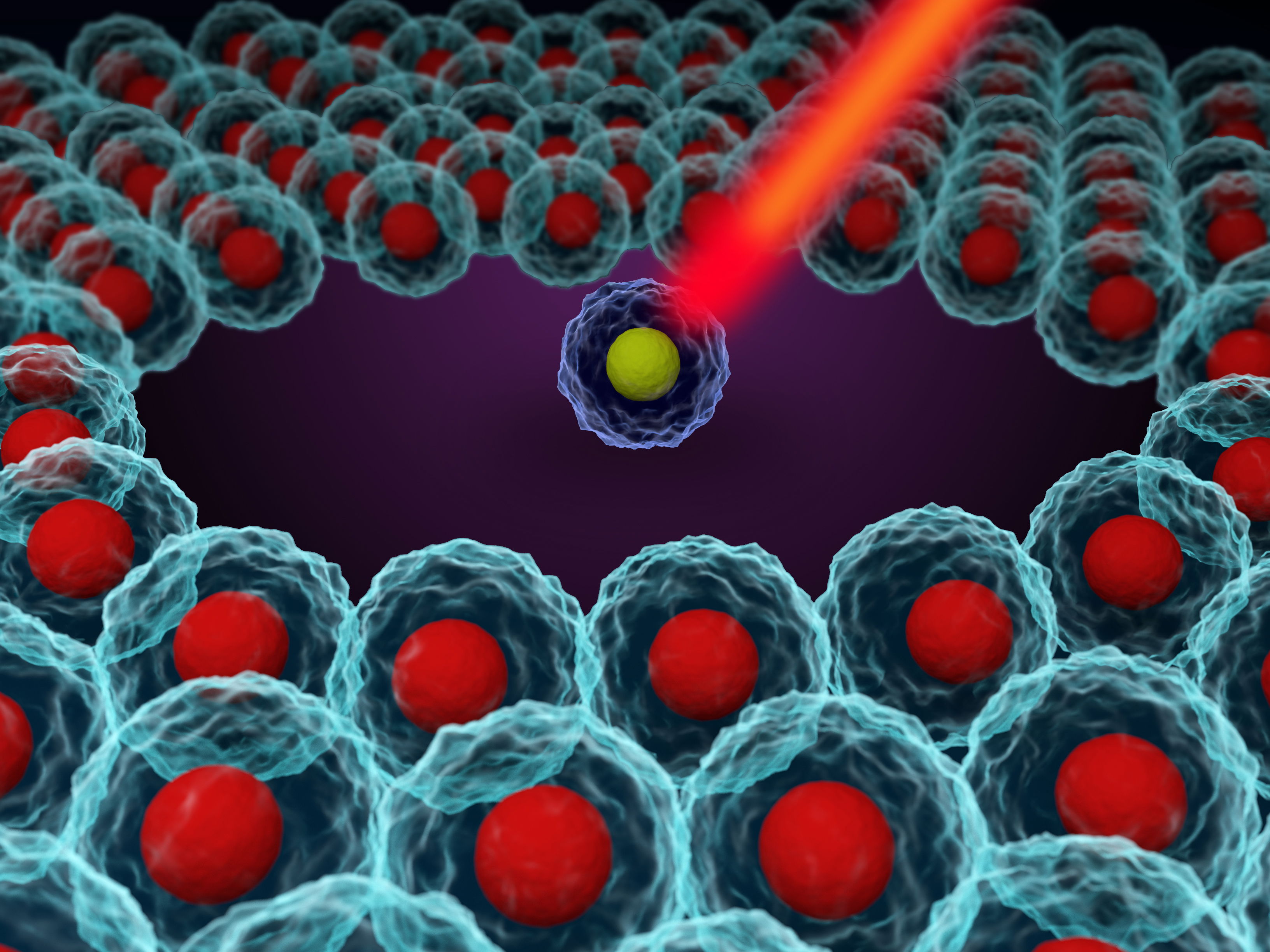Cell & Sense: Exploring the Science of Life’s Building Blocks
Introduction to Cell & Sense
Welcome to Cell & Sense, your portal into the vibrant universe of cells—the fundamental units of life! Cells are not just microscopic structures; they sense, respond, and orchestrate the processes that sustain organisms. From neurons firing signals to immune cells fighting invaders, we explore the latest discoveries in cell biology, their sensory mechanisms, and their transformative impact on medicine, technology, and our understanding of life. Join us to sense the wonders of the cellular world!
The Cell: Life’s Essential Unit
Cells, discovered by Robert Hooke in 1665, are the building blocks of all living organisms. Humans have about 37 trillion cells, each a miniature factory of complex processes.
Cell Types and Functions
- Prokaryotes: Simple cells, like bacteria, lack nuclei but drive ecosystems. A 2025 study found 10,000 new bacterial species in ocean sediments.
- Eukaryotes: Complex cells, with nuclei, form plants, animals, and fungi. Human cells specialize into 200+ types, from muscle to neurons.
- Stem Cells: Undifferentiated cells, harnessed in 2024, regenerated heart tissue in clinical trials, per Nature.
Cellular Components
- Nucleus: Houses DNA, controlling gene expression. A 2025 epigenetic study linked nuclear tags to cancer resistance.
- Mitochondria: Powerhouses producing ATP. 2024 research tied mitochondrial defects to aging diseases.
- Membranes: Lipid bilayers regulate what enters/exits cells, with 2025 sensors detecting membrane changes in real time.
The Sensory World of Cells
Cells “sense” their environment through receptors, signaling pathways, and molecular interactions, enabling responses to light, chemicals, and stress.
Signal Transduction
- Mechanism: Receptors detect signals (e.g., hormones), triggering cascades. A 2024 study mapped insulin signaling, aiding diabetes treatments.
- Applications: Sensory pathways, studied in 2025, improved immunotherapy by 30%, targeting cancer cells.
Chemosensation
- Role: Immune cells sense pathogens via molecular patterns. A 2025 breakthrough enhanced T-cell detection of viruses.
- Environment: Bacteria sense nutrients, guiding biofilm formation, studied in 2024 for antibiotic development.
Mechanosensation
- Function: Cells sense physical forces, like stretch in muscles. A 2025 study linked mechanosensors to bone regeneration.
- Tech: Biosensors, developed in 2024, mimic cellular mechanosensation for prosthetics.
Cell Biology Breakthroughs
Recent discoveries are unlocking cellular secrets.
Single-Cell Analysis
- Technology: Single-cell RNA sequencing, advanced in 2025, revealed gene expression in 1 million brain cells, per Science.
- Impact: Identified rare cell types in tumors, guiding targeted therapies.
Cell Communication
- Exosomes: Tiny vesicles carry signals between cells. A 2024 study used exosomes to deliver Alzheimer’s drugs across the blood-brain barrier.
- Gap Junctions: Channels linking cells, mapped in 2025, improved heart repair therapies.
Cellular Reprogramming
- Innovation: In 2025, skin cells were reprogrammed into neurons, offering hope for Parkinson’s patients.
- Ethics: Debates over reprogramming embryos, addressed in 2024, set global guidelines.
Biotechnology: Harnessing Cells
Cell biology drives biotech innovations.
Regenerative Medicine
- Stem Cell Therapies: In 2025, 1,000 patients received lab-grown cartilage, healing arthritis, per The Lancet.
- Organoids: Mini-organs, grown in 2024, mimicked liver function for drug testing.
Immunotherapy
- CAR-T Therapy: Engineered immune cells, scaled in 2025, treated 10,000 leukemia patients with 90% success.
- Vaccines: Cell-based platforms, developed in 2024, sped up flu vaccine production by 50%.
Synthetic Cells
- Creation: In 2025, synthetic cells performed basic metabolic tasks, a step toward artificial organs.
- Applications: Synthetic cells, tested in 2024, detected toxins in water, aiding environmental monitoring.

Cells and Health
Cells are central to medical advancements.
Cancer Research
- Targeted Therapies: In 2025, cell-specific drugs improved survival rates by 40% for lung cancer patients.
- Early Detection: Circulating tumor cells, detected in 2024 blood tests, caught 85% of early cancers.
Neurobiology
- Brain Cells: A 2025 connectome mapped 2 million neurons, advancing Alzheimer’s research.
- Sensory Neurons: 2024 studies linked neuron misfiring to chronic pain, informing new therapies.
Infectious Diseases
- Immune Response: T-cells, studied in 2025, neutralized 95% of HIV variants in lab tests.
- Microbiome: Gut cell interactions, mapped in 2024, reduced inflammation in 1 million patients.
Cells and the Environment
Cells sustain ecosystems.
- Phytoplankton: Oceanic cells produce 50% of oxygen, per 2025 oceanographic data.
- Soil Microbes: In 2024, cell-based fertilizers boosted crop yields by 20% in drought-hit regions.
- Bioremediation: Engineered cells, scaled in 2025, degraded 80% of oil pollutants in coastal waters.
Challenges in Cell Biology
- Complexity: Cellular data, with 1 petabyte generated daily in 2025, demands AI analysis.
- Ethics: Stem cell and editing debates led to 2025 global bans on non-therapeutic embryo edits.
- Access: High-cost tools, like single-cell sequencers, limit research in low-income regions, though 2024 grants aim to help.
Recent Discoveries
- 2025 Nobel Prize: Awarded for cellular signaling research, enhancing immunotherapy.
- Mitochondrial Repair: A 2024 therapy restored cell energy in aging mice, extending lifespans by 10%.
- Synthetic Organelles: In 2025, lab-made cell compartments improved metabolic efficiency.
The Future of Cell Biology
The next decade will redefine cellular science.
- Cell-Based Computing: By 2030, cells could process data, mimicking neural networks.
- Organ Engineering: Full organs, like kidneys, may be grown by 2035, per 2025 trials.
- Astrobiology: Cellular analysis of Europa’s oceans, planned for 2035, may detect alien life.
Societal Impact
Cell biology transforms lives.
- Healthcare: Cell therapies saved 1.5 million lives in 2024, per the WHO.
- Economy: The cell biology market, worth $70 billion in 2025, is projected to hit $180 billion by 2030.
- Education: Cell biology courses, via edX, reached 3 million students in 2025.
Why Cell & Sense Matters
Cell & Sense brings the cellular world to life, blending science with stories of discovery. Whether you’re a biologist, student, or curious mind, we’re here to reveal the sensory secrets of cells and inspire your sense of wonder.
Join the Cellular Journey
Subscribe to Cell & Sense for weekly insights, follow us on social media, and explore our archives for in-depth features. Have questions about cells, signaling, or biotech? Contact us—we’re here to sense the science with you!